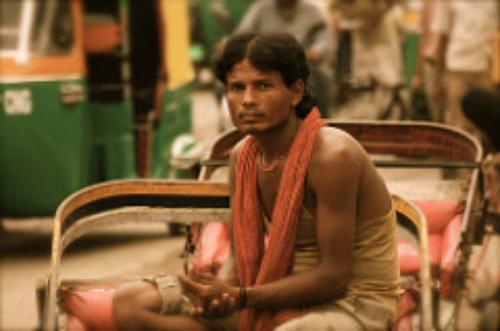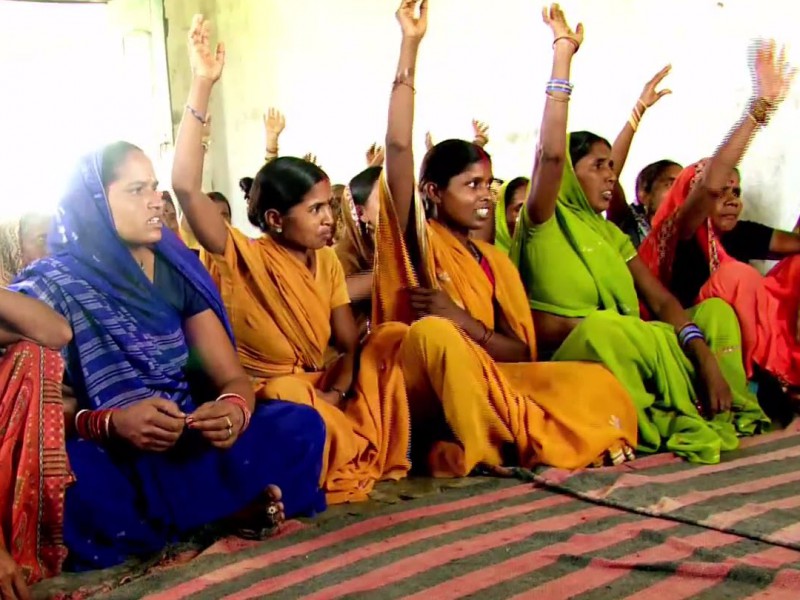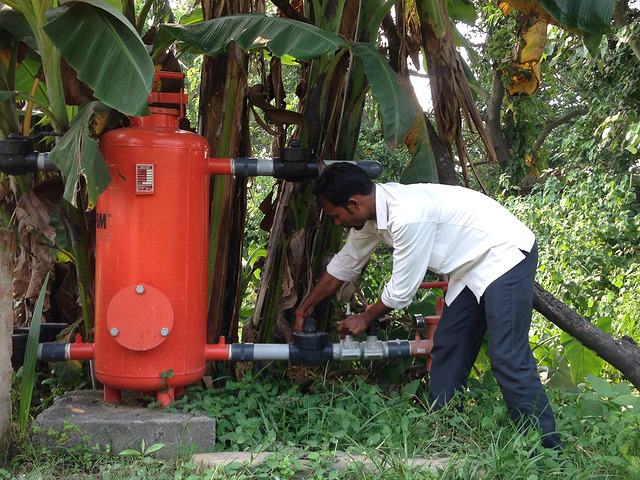Two women-led unions in Tamil Nadu are using Gram Vaani’s IVR platforms to push for greater participation and accountability of Gram Sabha meetings, where citizens discuss their...
Shram ka Samman: On Migrants – Hopes, Rights and Demands
Two women-led unions in Tamil Nadu are using Gram Vaani’s IVR platforms to push for greater participation and accountability of Gram Sabha meetings, where citizens discuss their...
Shram ka Samman: What do migrants leave behind? A crisis in India’s farms
Two women-led unions in Tamil Nadu are using Gram Vaani’s IVR platforms to push for greater participation and accountability of Gram Sabha meetings, where citizens discuss their...
Building resilience and ensuring access to safety nets
Two women-led unions in Tamil Nadu are using Gram Vaani’s IVR platforms to push for greater participation and accountability of Gram Sabha meetings, where citizens discuss their...
Encouraging Participatory Democracy through Gram Sabhas: Updates from Tamil Nadu
Two women-led unions in Tamil Nadu are using Gram Vaani’s IVR platforms to push for greater participation and accountability of Gram Sabha meetings, where citizens discuss their...
Sowing seeds for a brighter future, with a little help from ICTs
Some 50 kilometres from Delhi – in Sonipat, Haryana – Surendar, a farmer, is wondering what to do about his lemon trees that have perished.
From the periphery to the core: How can we hear more women’s voices from rural India?
In this article, we discuss our experiences in bringing women users on to the Mobile Vaani platform.
Farmers’ plea for insurance payments heard through Mobile Vaani
Since 2012, Mobile Vaani has been reaching thousands of people in India’s vast hinterlands with news, views and information about health, banking, education, sanitation, sexuality,...
Elected Women Representatives Use IVR for Accountability
Since the day it started operating, Gram Vaani has always strived to live its name, to be the voice of the village. The different campaigns...










